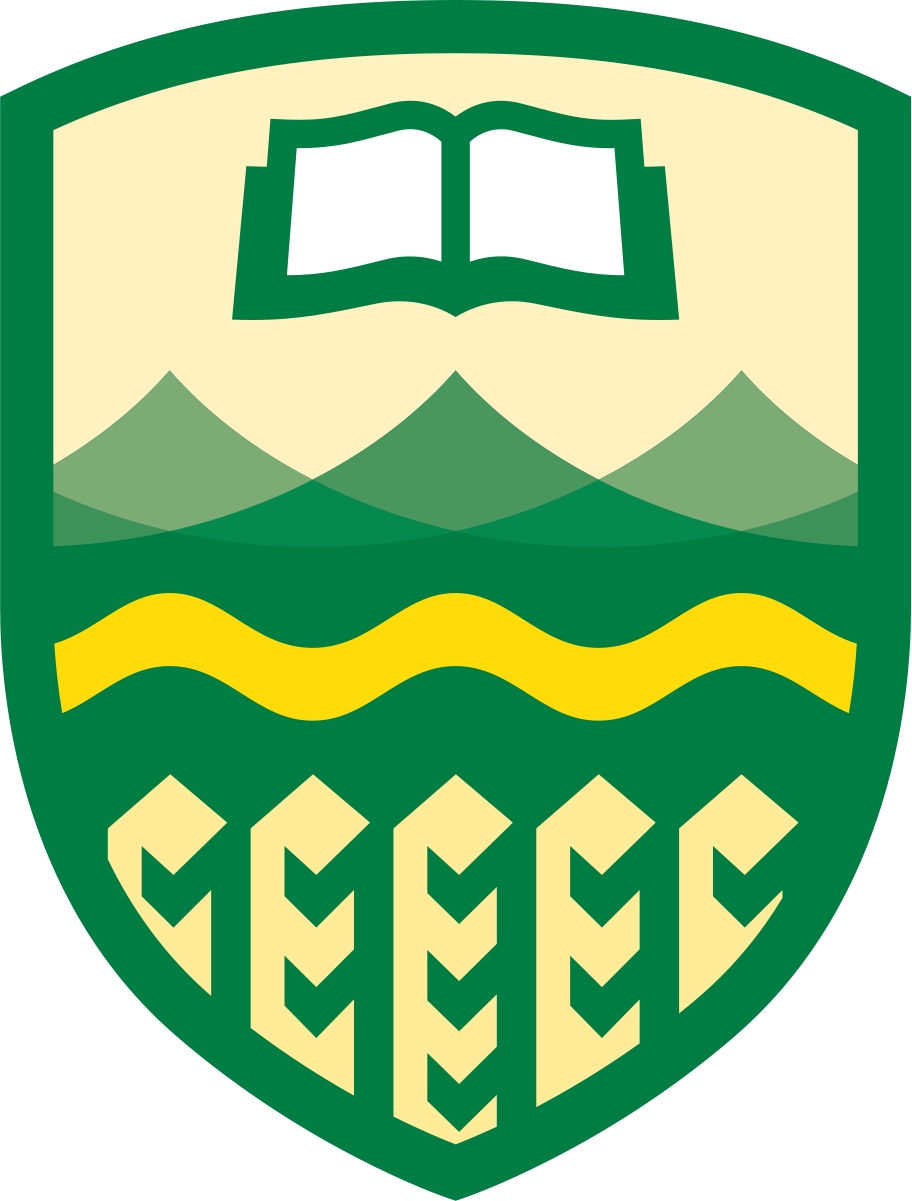Problem G
Folding a Cube
It is well known that a set of six unit squares that are attached together in a “cross” can be folded into a cube.
![\includegraphics[width=0.9\textwidth ]{folding-1.png}](/problems/foldingacube/file/statement/en/img-0001.png)
But what about other initial shapes? That is, given six unit squares that are attached together along some of their sides, can we form a unit cube by folding this arrangement?
Input
Input consists of
There are precisely
## ##
does not appear in the input.
Output
If you can fold the unit squares into a cube, display can fold. Otherwise display cannot fold.
| Sample Input 1 | Sample Output 1 |
|---|---|
...... ...... ###### ...... ...... ...... |
cannot fold |
| Sample Input 2 | Sample Output 2 |
|---|---|
...... #..... ####.. #..... ...... ...... |
can fold |
| Sample Input 3 | Sample Output 3 |
|---|---|
..##.. ...#.. ..##.. ...#.. ...... ...... |
cannot fold |
| Sample Input 4 | Sample Output 4 |
|---|---|
...... ...#.. ...#.. ..###. ..#... ...... |
can fold |

